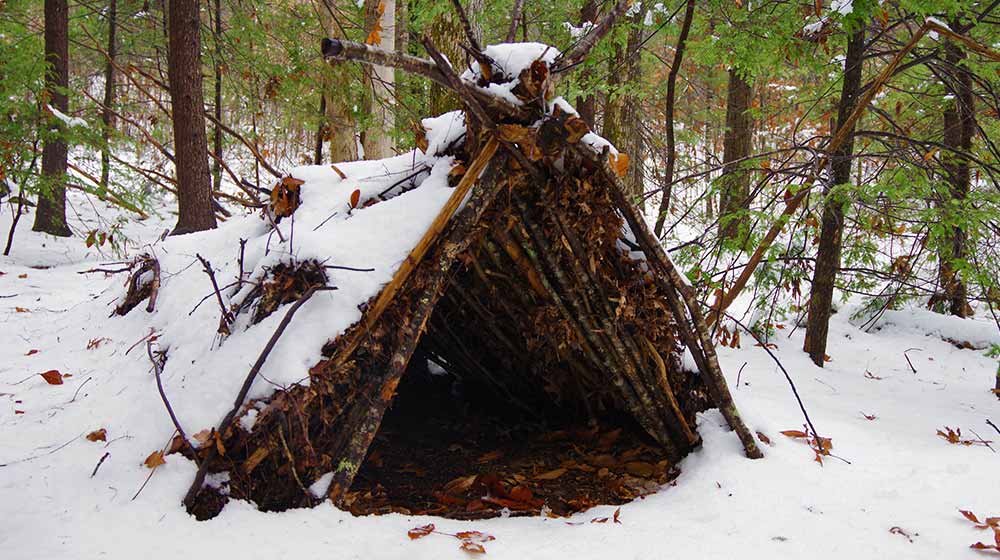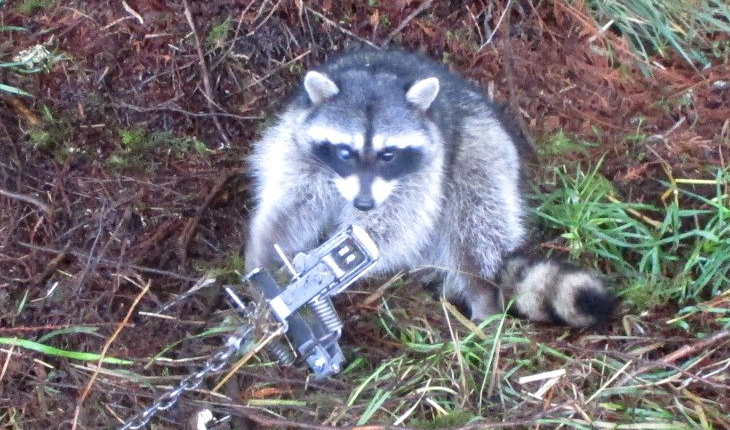In my preparedness journey, I’m at a point where I have enough “stuff” and want to ensure that I have enough skills. As a prospective member of my county search-and-rescue (SAR) team and a budding hunter, one skill that I always wanted to learn was tracking. Sure, as a Boy Scout as a kid I learned some absolute basics, such as print identification for species of animals where I grew up, but I never got much further into it than that. While “read a book” is a valid path to prime the pump with many new skills, some things are better to learn in a class setting. So, when I saw that Fieldcraft Survival had not only added a tracking class to its inventory, but had scheduled one near me in Burnet, Texas, I jumped at the chance to get started. I signed up for Craig Caudill’s Tracking Fundamentals course in the Fieldcraft Survival headquarters store in Heber City, Utah, while on the way home from a family road trip.
![]()
Above: The Reveille Peak Ranch has a semi-outdoor classroom area where we initially met. It was nice to see a flag up to start the day.
Fieldcraft is a well-known brand with a wide variety of classes. This was my first time taking a class from them, however, so I was interested to see if it would live up to what I’d heard. I wasn’t disappointed.
The instructor for the class was none other than Craig Caudill, founder of The Nature Reliance School, who had been tapped by FCS to provide this content. Craig has written four books on wilderness survival topics and teaches tracking, among other things, through his school directly as well. So, I loaded up my day-in-the-sticks kit and drove out to Reveille Peak Ranch to start my journey towards becoming a tracker.
Getting Started
The class size was modest — about 10 people. Some people had taken several Fieldcraft Survival classes before; for others, this was their first. A few attendees were prior military service, others have always been civilians. To start out, Craig asked what we all hoped to get out of the class in order to tailor the approach, which I appreciated.
![]()
Above: The print has been identified and lines have been staked out to help determine key metrics about the track.
To be expected, a lot of people were there driven by their hunting passion. That was part of my purpose, but really tracking people to increase my skill set for SAR was my main driver. Luckily for me, much of the focus would be on man-tracking at first. This is because as people, it would be easier for us to make informed guesses about people tracks. It also doesn’t hurt that, as humans, we could create new human tracks rather than hoping to find animal tracks that may or…







 Shelly Wutke
Shelly Wutke
